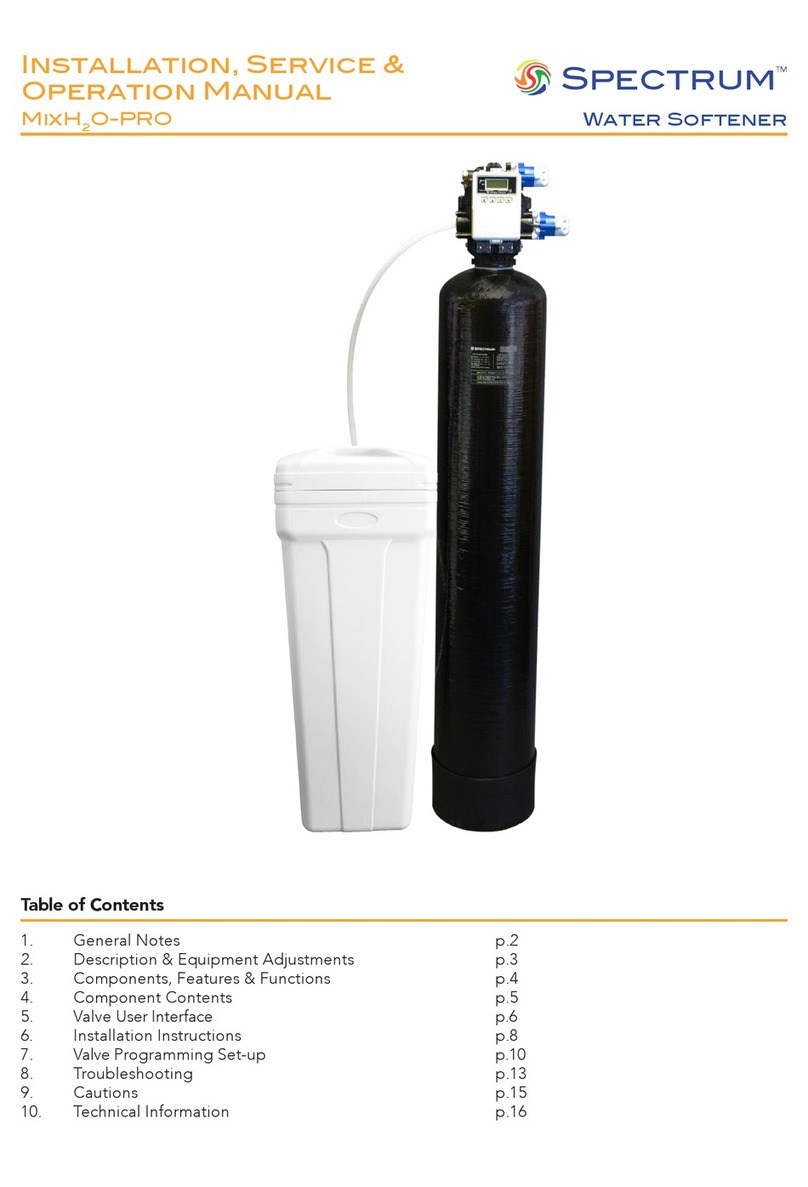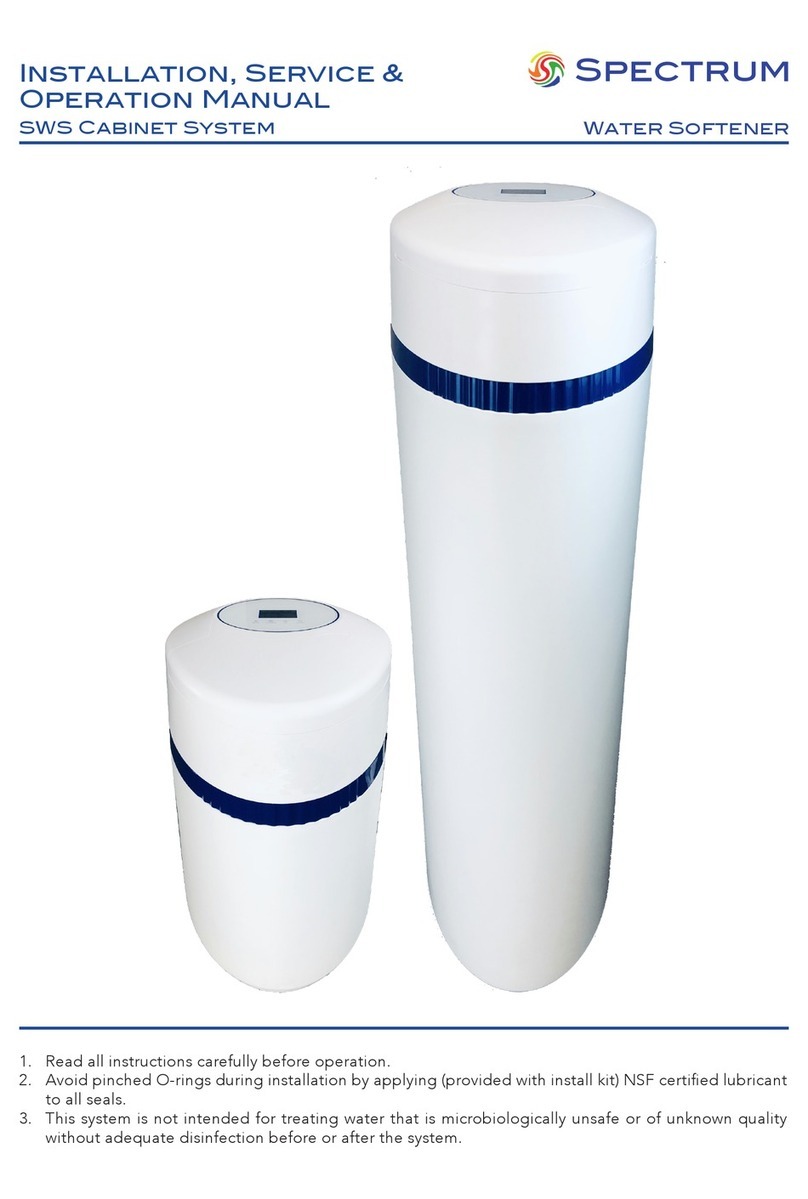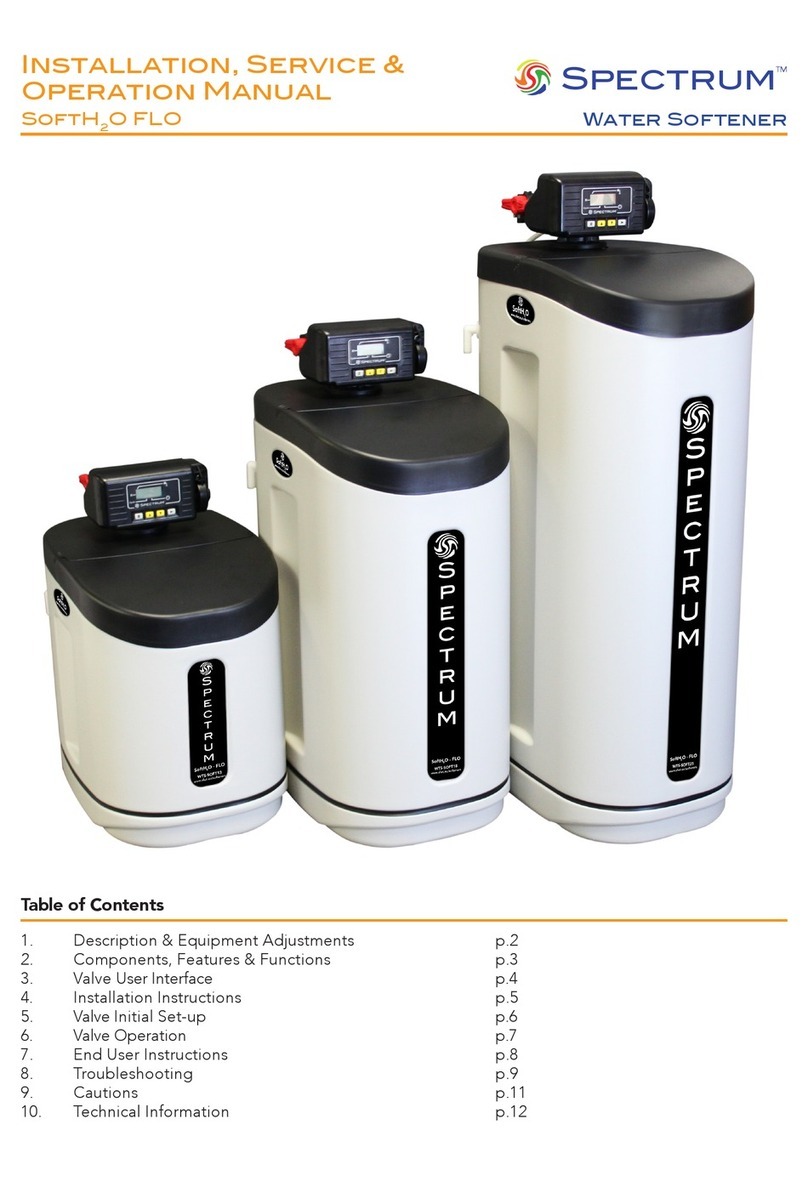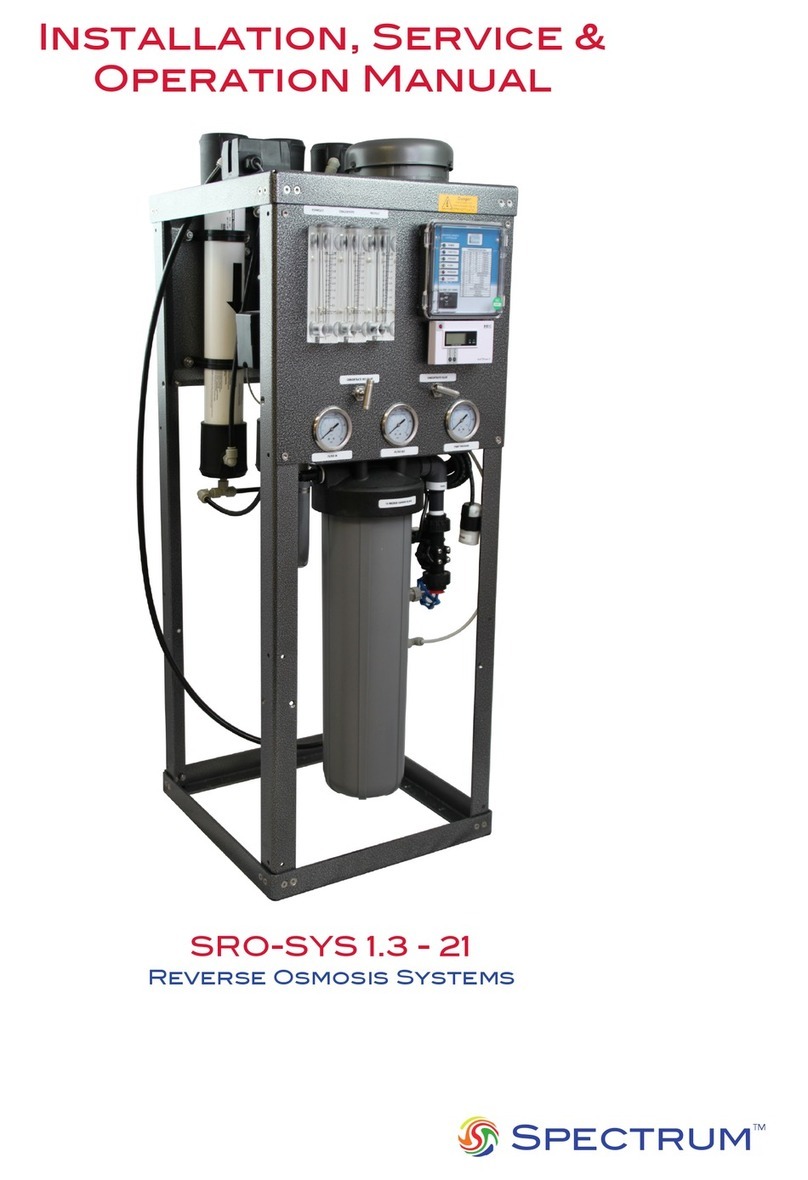Spectrum SoftH2O DUO 30 Manual




















This manual suits for next models
6
Table of contents
Other Spectrum Water Dispenser manuals
Popular Water Dispenser manuals by other brands

Culligan
Culligan Premium Aqua-Cleer RO Installation and operation instructions
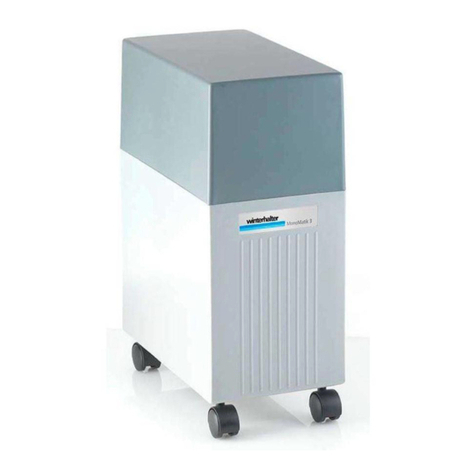
Winterhalter
Winterhalter MonoMatik 3 operating instructions

East Midlands Water Company
East Midlands Water Company SUMO manual

Elkay
Elkay VRCGRN8 Series Installation, care & use manual
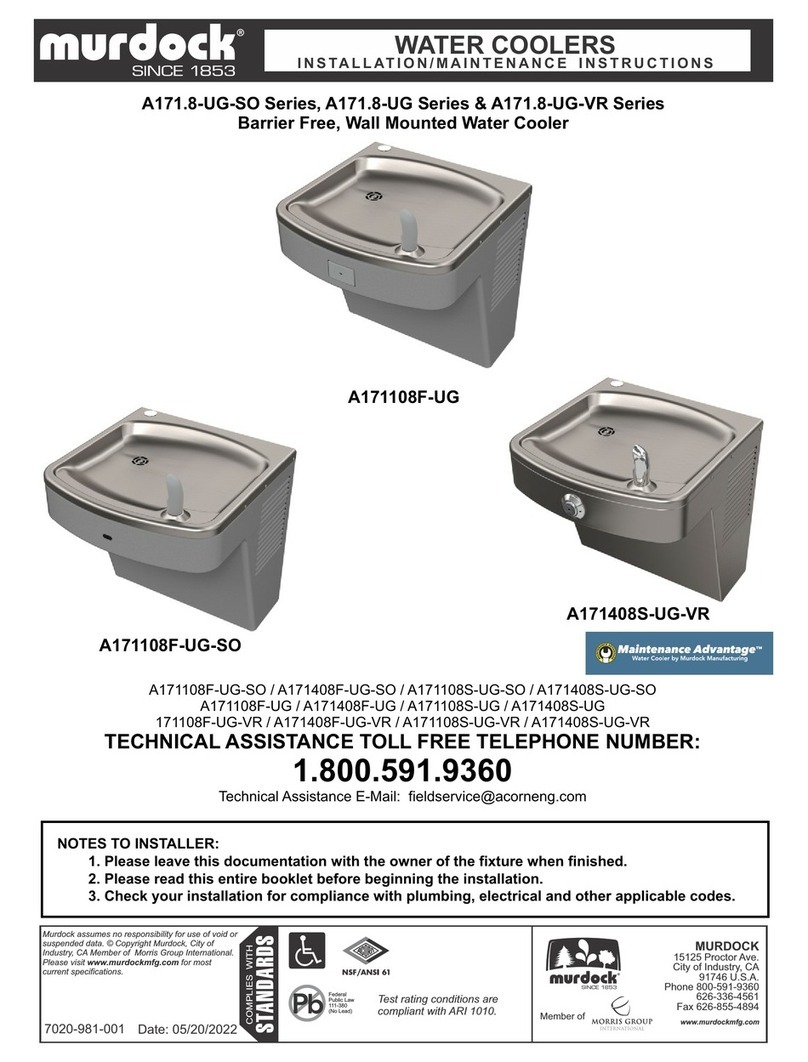
Murdock
Murdock A171.8-UG-SO Series Installation & maintenance instructions
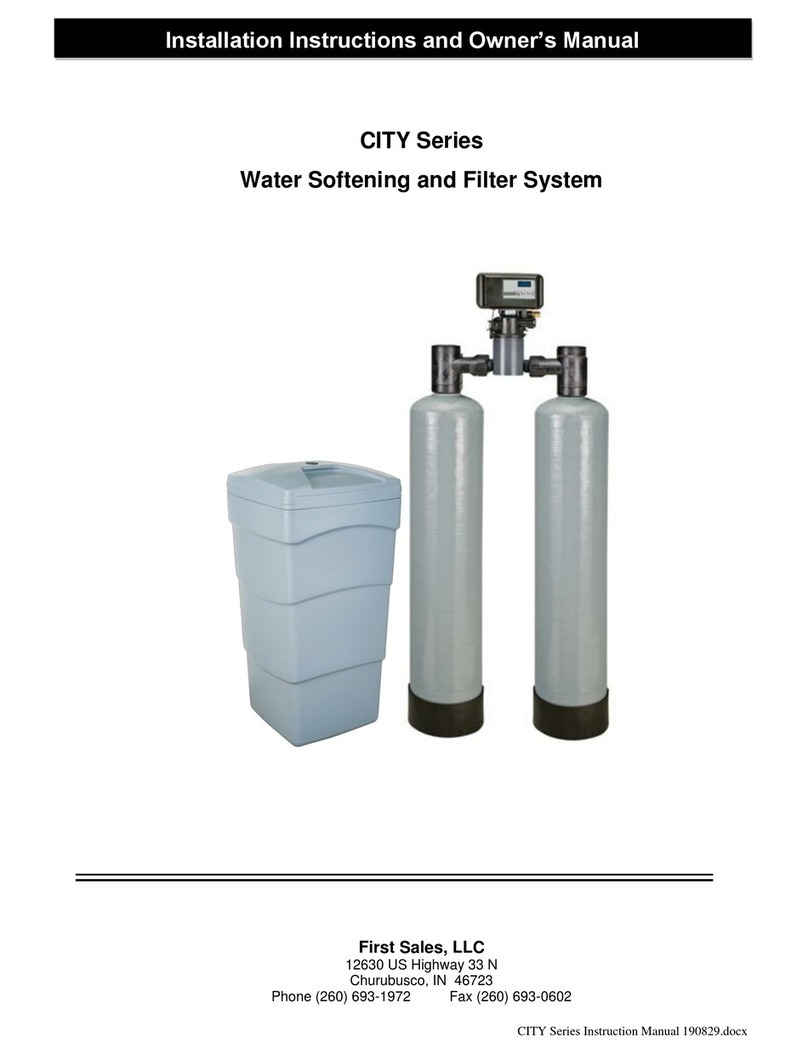
First Sales
First Sales CITY Series Installation instructions and owner's manual
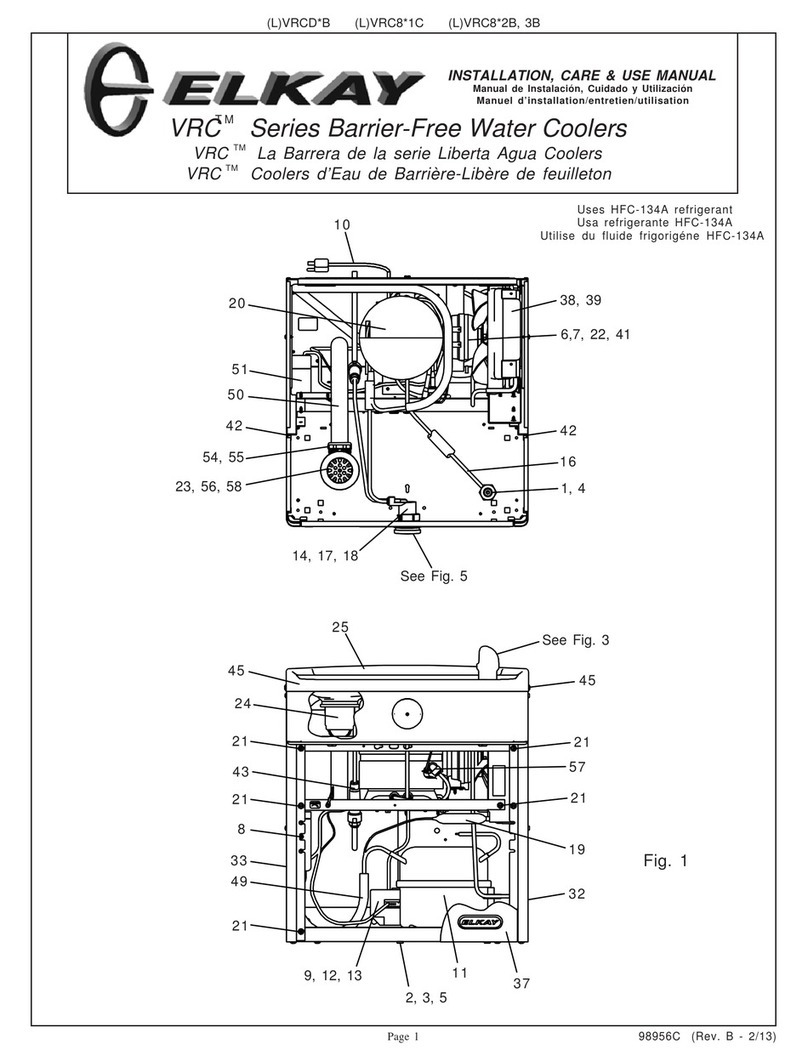
Elkay
Elkay VRCD B Series Installation, care & use manual
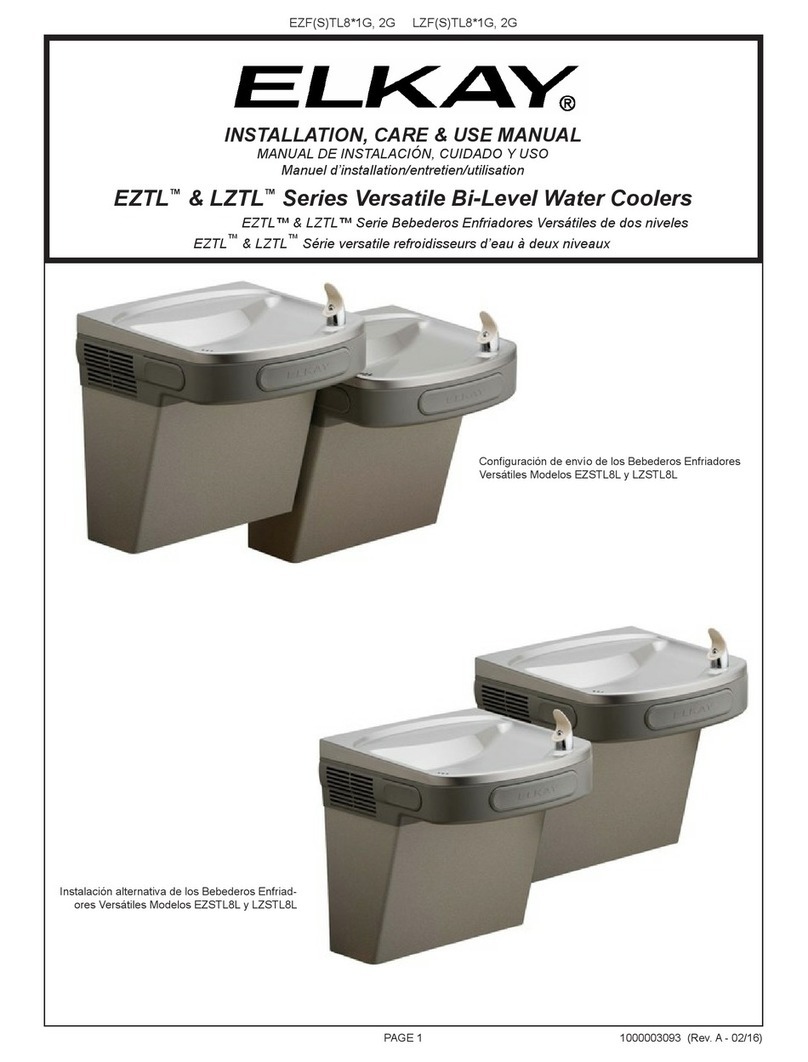
Elkay
Elkay EZTL Series Installation, care & use manual
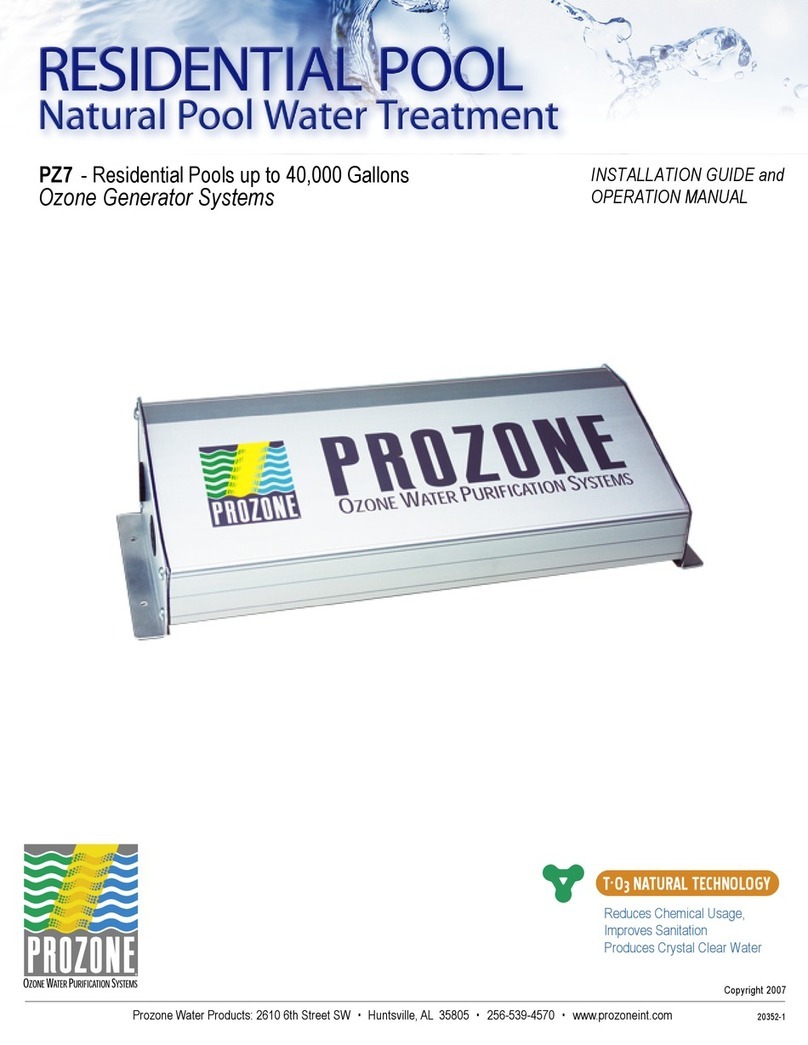
Prozone
Prozone PZ7 Installation guide and operation manual
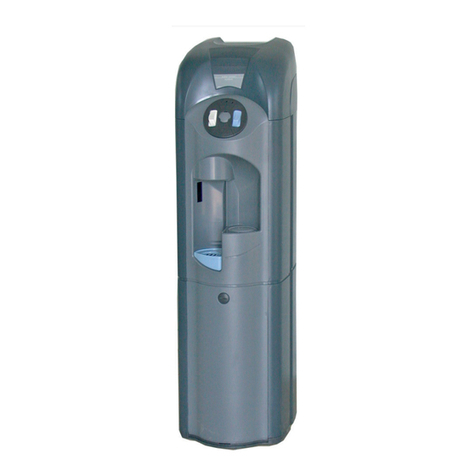
Cosmetal
Cosmetal UV Connect 28 A Installation, use and maintenance handbook
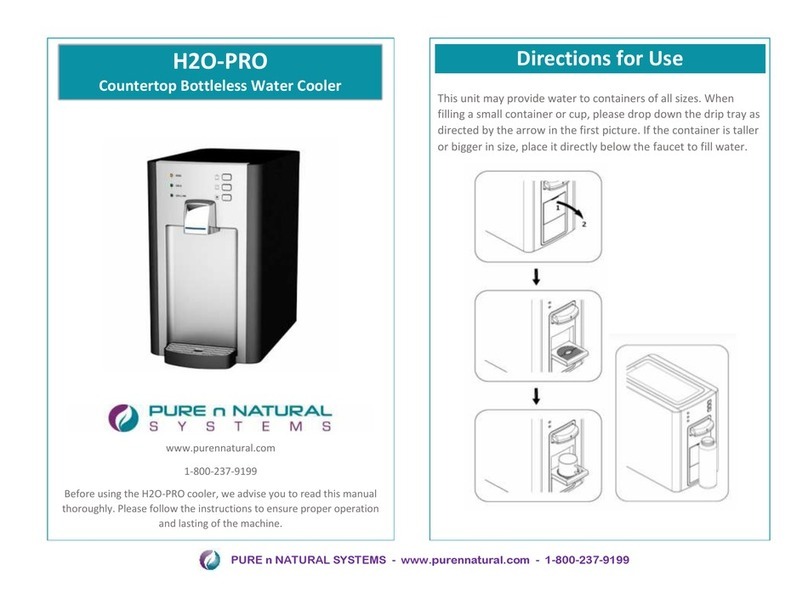
Pure n Natural Systems
Pure n Natural Systems H2O-PRO manual

Kärcher
Kärcher WPD 50 Ws Original instructions
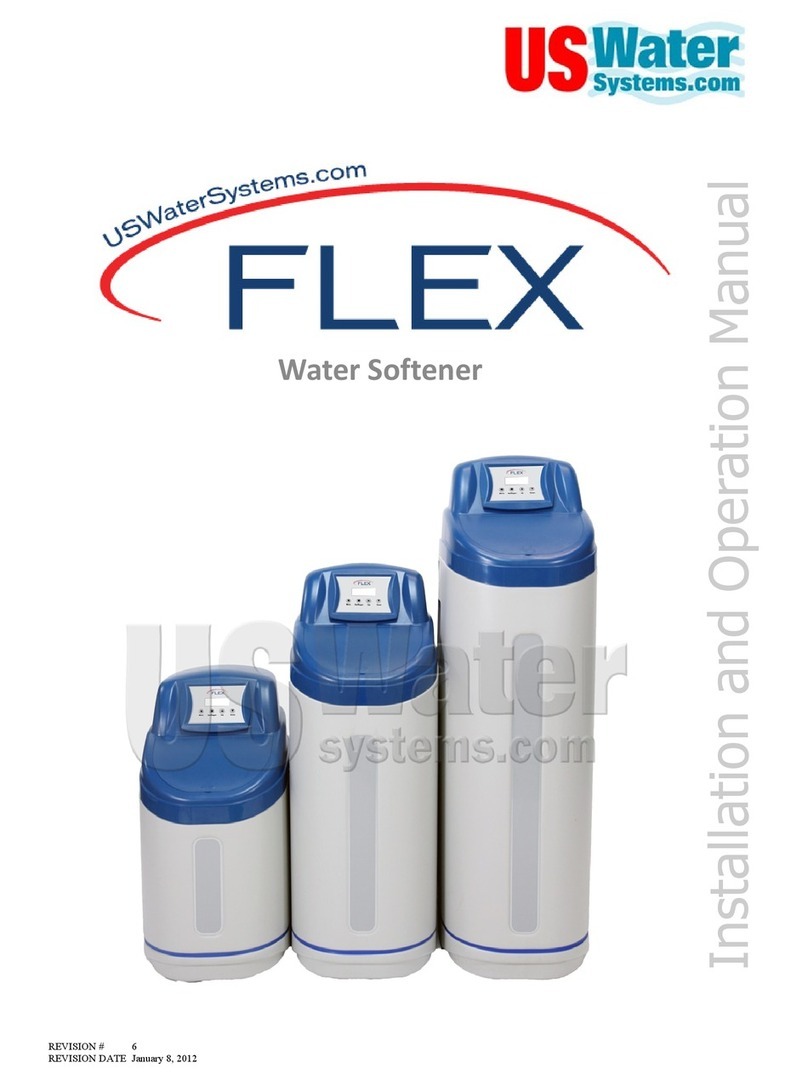
US Water Systems
US Water Systems Flex ECS-20 Installation and operation manual

Breville
Breville vkj784 user manual
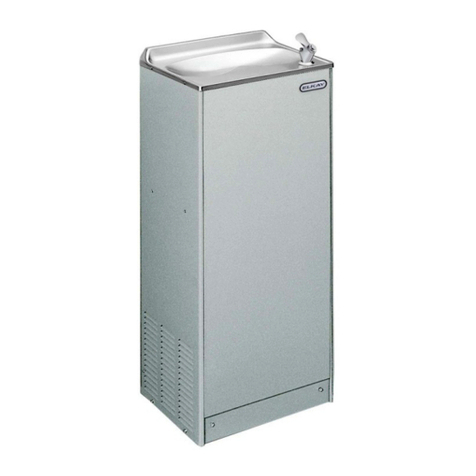
Elkay
Elkay EFWC Series Installation, care & use manual
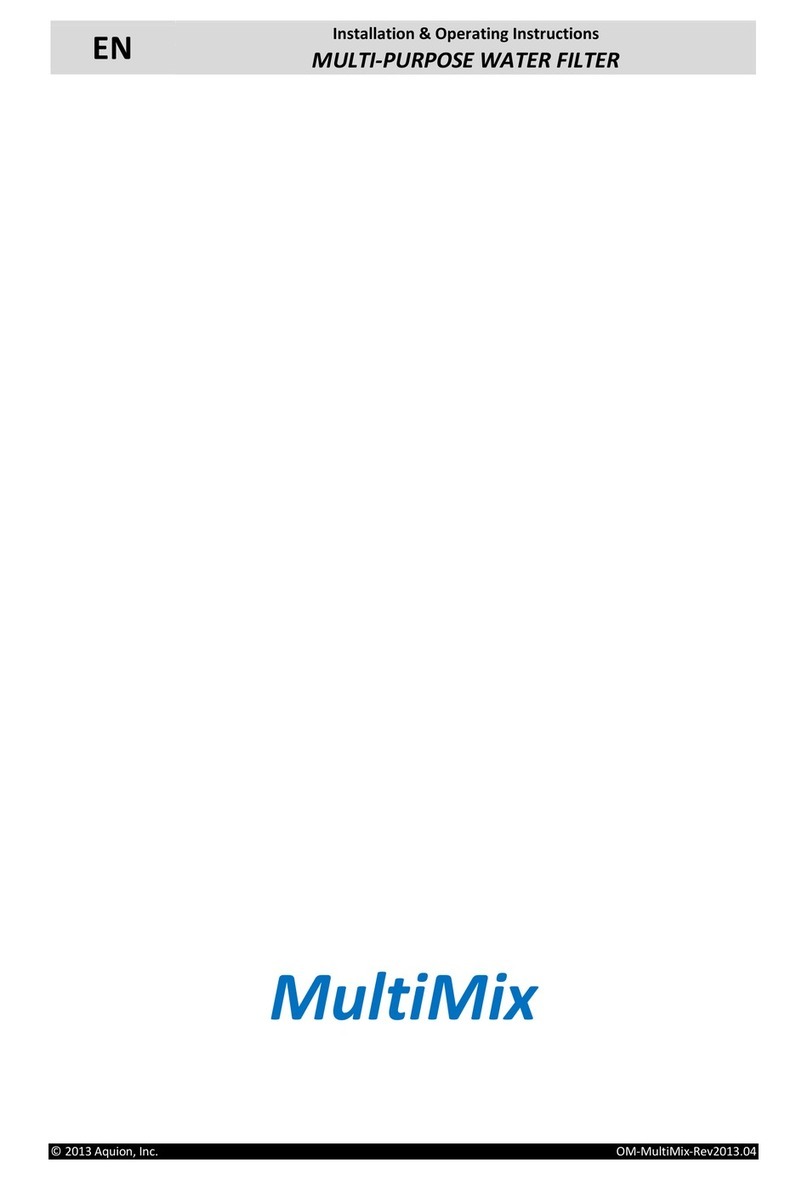
MultiMix
MultiMix Simplex Eco Installation and operating instructions
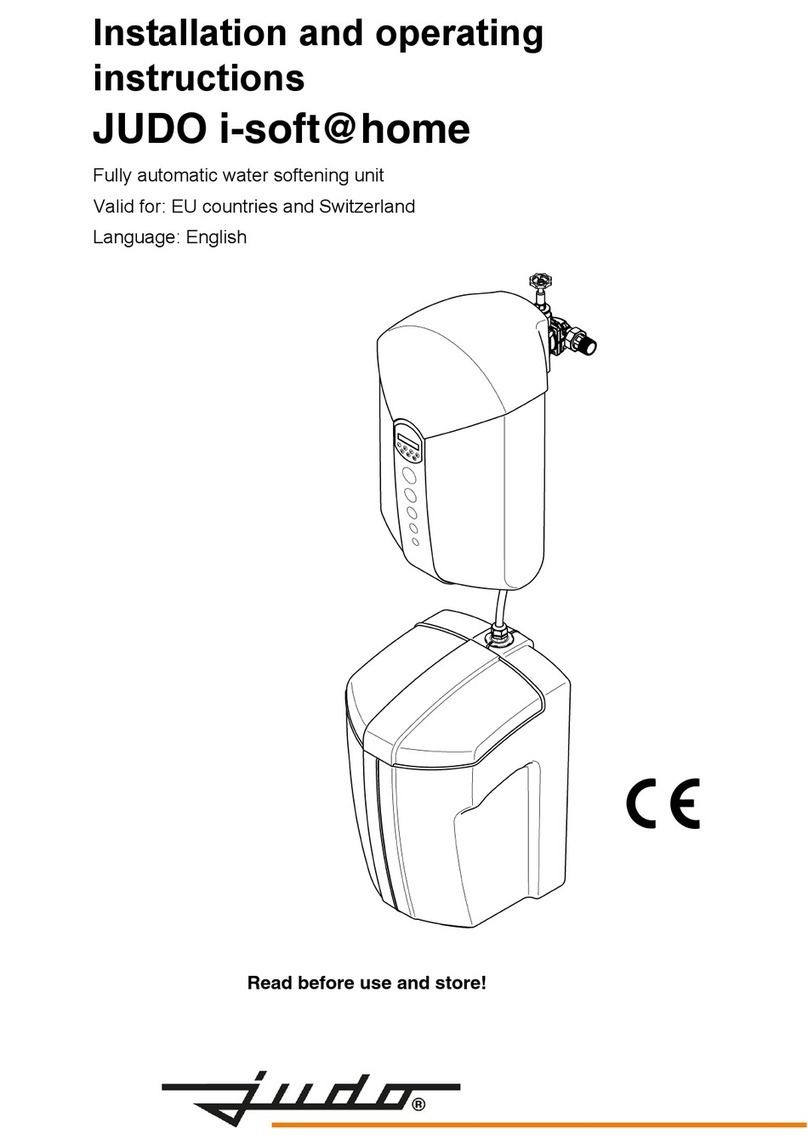
Judo
Judo i-soft@home Installation and operating instructions
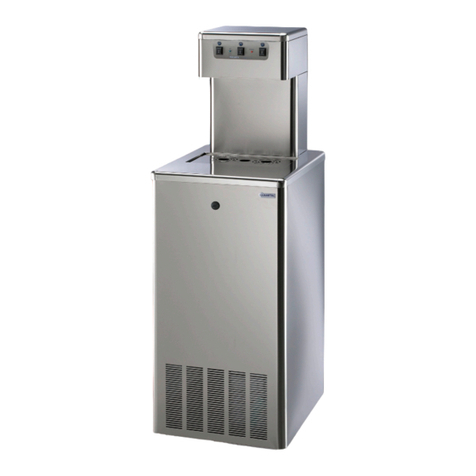
MERQUIP
MERQUIP NIAGARA SL 65 IB AC Installation, use and maintenance handbook

